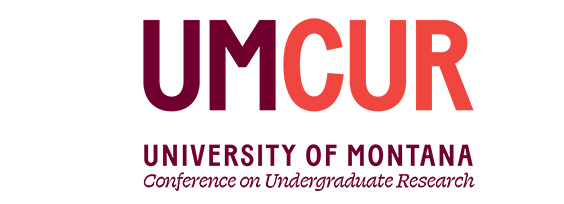Die Verwante Woord Project: Learning Afrikaans Using HD-tDCS
Project Type
Poster
Faculty Mentor’s Full Name
Danielle Fahey
Faculty Mentor’s Department
Speech Language Hearing and Occupational Sciences
Abstract / Artist's Statement
Background: Bilinguals process and acquire language differently than their monolingual counterparts and have been shown to do better on tasks that involve cognitive control. High definition transcranial direct current stimulation (HD-tDCS), is a non-invasive brain stimulation technique that is used to affect certain parts or processes of the brain by administering electrical currents.
Purpose: The purpose of this project is to investigate the impact that HD-tDCS has on the learning of complex language processes including syntax in people who are learning a new language. HD-tDCS stimulation is hypothesized to result in increased accuracy and reduced reaction time while learning Afrikaans, compared to their counterparts without HD-tDCS stimulation, therefore having a positive influence on bilingual language acquisition and processing.
Methods: Participants will include individuals who are over the age of 18 with no previous or current traumatic brain injuries and who have no previous interaction with, or exposure to, the Afrikaans language. During this project, participants will be learning complex language components in Afrikaans through exposure to cognates and non-cognates. HD-tDCS will be used to influence the stimulated participant's brain to affect language acquisition and processing while learning Afrikaans. Stimuli will include verbs, nouns, and pronouns, accompanied by pictures, audio, and text. These stimuli will be presented while the participant is stimulated by HD-TDCS. After the learning phase, participants will be tested on their knowledge of the newly learned language using a Grammaticality Judgement Test (GJT). The GJT requires participants to indicate whether or not they think that the sentence presented is grammatically correct.
Significance: HD-tDCS has the potential to improve language acquisition and processing for people learning new languages. HD-tDCS also has the potential to improve language function for people who have language impairments following brain injury or stroke.
Category
Social Sciences
Die Verwante Woord Project: Learning Afrikaans Using HD-tDCS
UC South Ballroom
Background: Bilinguals process and acquire language differently than their monolingual counterparts and have been shown to do better on tasks that involve cognitive control. High definition transcranial direct current stimulation (HD-tDCS), is a non-invasive brain stimulation technique that is used to affect certain parts or processes of the brain by administering electrical currents.
Purpose: The purpose of this project is to investigate the impact that HD-tDCS has on the learning of complex language processes including syntax in people who are learning a new language. HD-tDCS stimulation is hypothesized to result in increased accuracy and reduced reaction time while learning Afrikaans, compared to their counterparts without HD-tDCS stimulation, therefore having a positive influence on bilingual language acquisition and processing.
Methods: Participants will include individuals who are over the age of 18 with no previous or current traumatic brain injuries and who have no previous interaction with, or exposure to, the Afrikaans language. During this project, participants will be learning complex language components in Afrikaans through exposure to cognates and non-cognates. HD-tDCS will be used to influence the stimulated participant's brain to affect language acquisition and processing while learning Afrikaans. Stimuli will include verbs, nouns, and pronouns, accompanied by pictures, audio, and text. These stimuli will be presented while the participant is stimulated by HD-TDCS. After the learning phase, participants will be tested on their knowledge of the newly learned language using a Grammaticality Judgement Test (GJT). The GJT requires participants to indicate whether or not they think that the sentence presented is grammatically correct.
Significance: HD-tDCS has the potential to improve language acquisition and processing for people learning new languages. HD-tDCS also has the potential to improve language function for people who have language impairments following brain injury or stroke.
